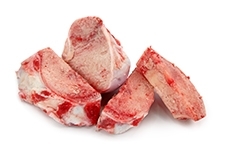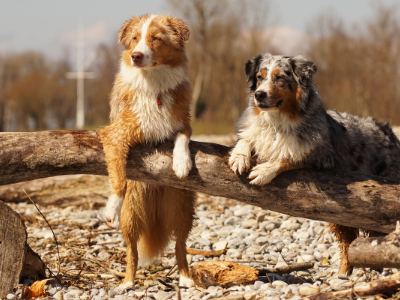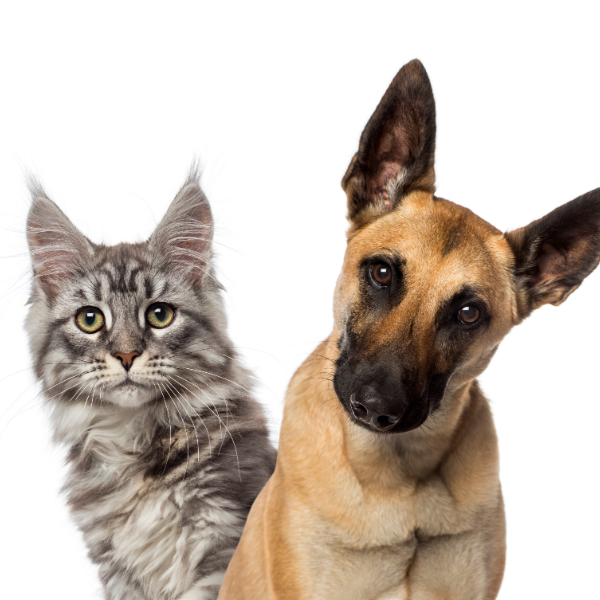Raw bones are safe when stored, fed, and disposed of correctly. Raw bones are ingested by wild carnivores regularly without issue and can be ingested by our domestic dogs and cats too. Raw bones should not be fed to animals that eat commercial dry food diets. Pets that eat dry food have different digestive abilities than those eating raw diets. Animals that eat raw food have a lower gastric pH which helps them to digest dense bone. Raw bones are digested with ease but need to be frozen fresh and disposed of within 12 hours of being fed to your pet. When raw bones dry out, they are similar to cooked bones, splintering into pieces with sharp and dangerous edges. Bones are a necessary part of the raw diet and cannot be excluded.
Feeding Bones Safely
There is a safe and unsafe way to feed raw bones to your pet. Firstly, raw bones should not be fed to animals on dry food diets. Dry food diets create different gastric pH, making digestion of bones difficult. Additionally, animals switching to raw food should not be fed whole bones within the first month of switching. Your pet’s gastric system will become more acidic as the switch occurs but will need an entire month to stabilize. Once this happens, whole bones can be introduced.
Some pets may not know what to do with a raw bone. You may have to help them learn how to eat them properly. Pets that need the most help will be animals that are over-enthusiastic about food. They must learn to maneuver and chew bones without swallowing the whole bone. Ensure that bones are an appropriate size for the pet in question, too large to swallow without chewing.
3P offers a wide variety of bones for dogs and cats as listed below. Please contact us for a complete list with prices.
Size-Appropriate Bones
Bones for Small Dogs:
Beef, elk & buffalo femur slices/beef, elk & buffalo knuckle slices/chicken necks & wing tips/lamb & elk neck slices/split lamb femurs/whole quail/beef ribs,/turkey wingettes
Bones for Medium and Large Dogs:
Beef, elk, lamb & buffalo femurs/beef, elk & buffalo knuckles/turkey necks/lamb & elk necks/turkey necks/duck & chicken carcass/beef ribs
Bones for Cats:
Chicken necks & wingtips/whole quail



